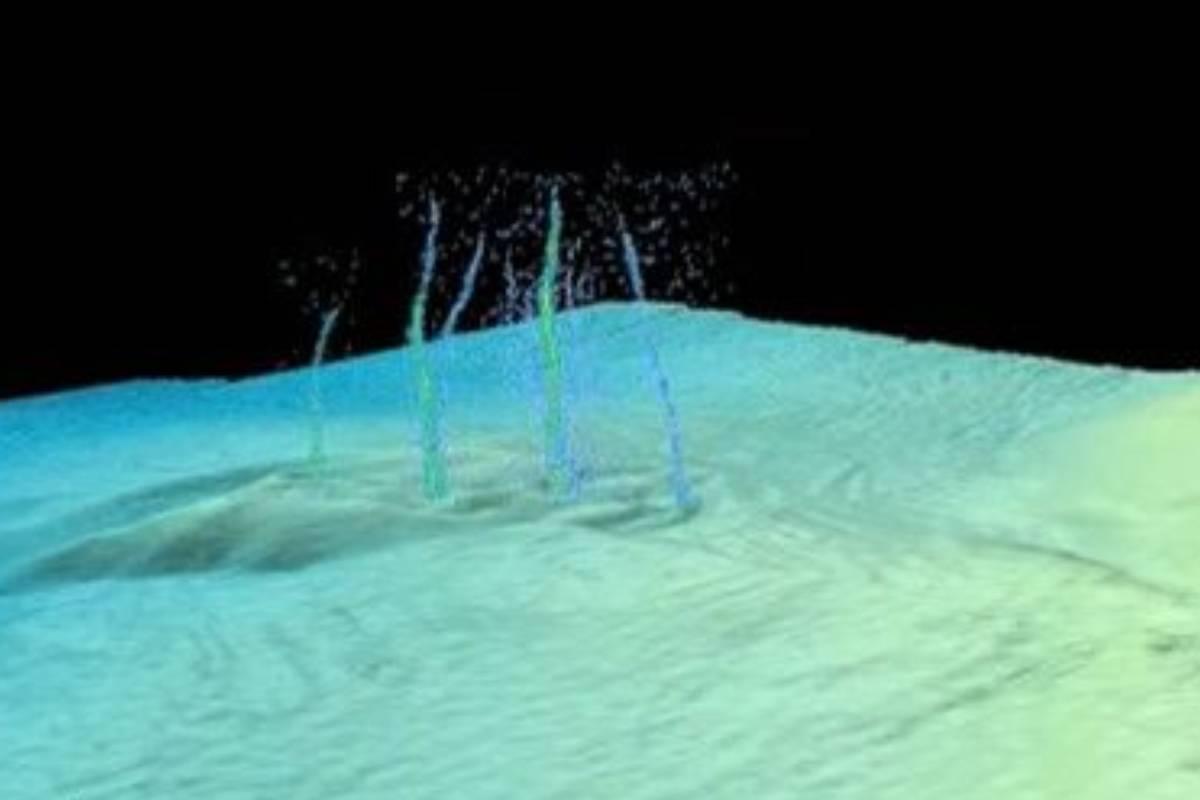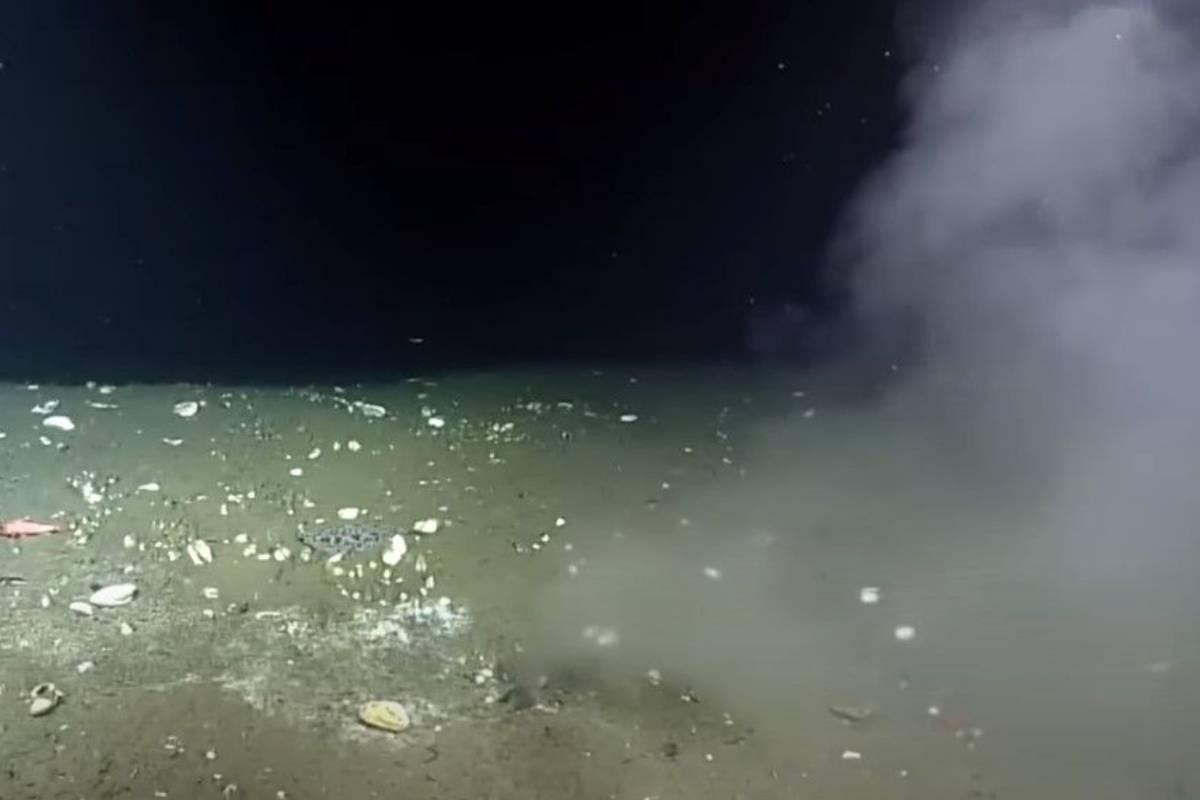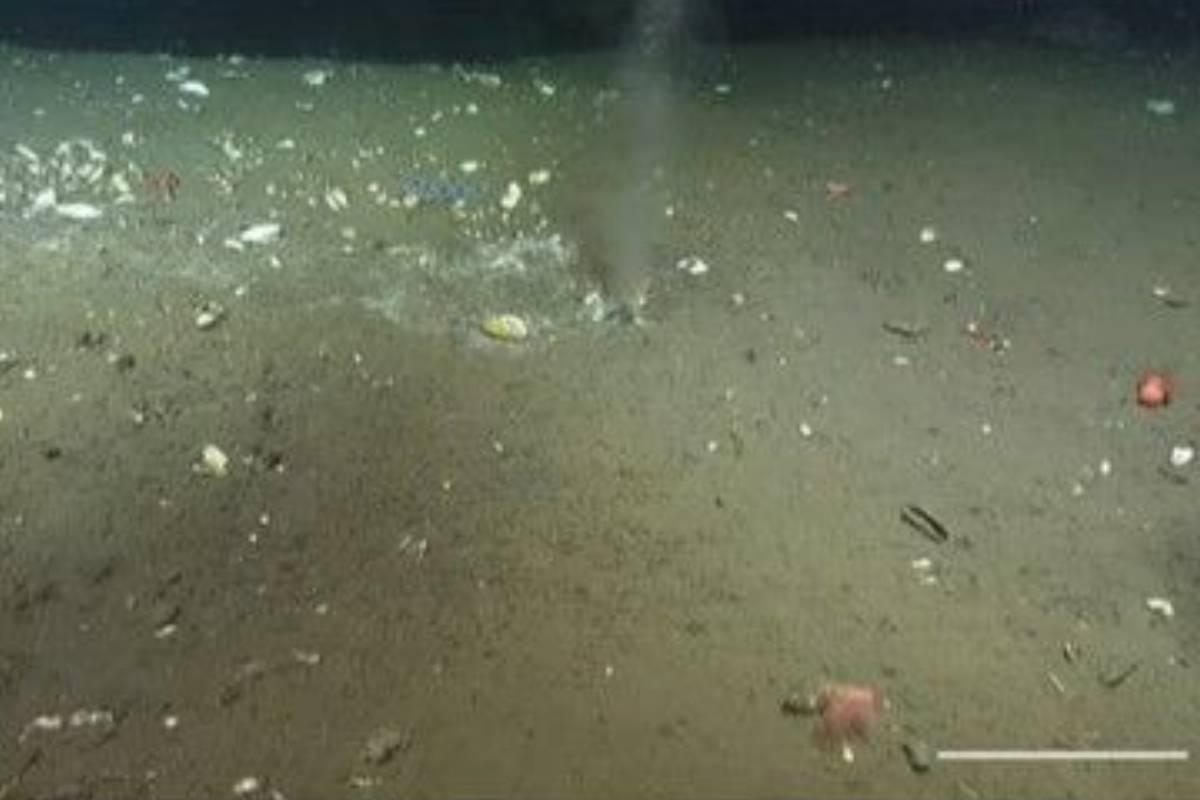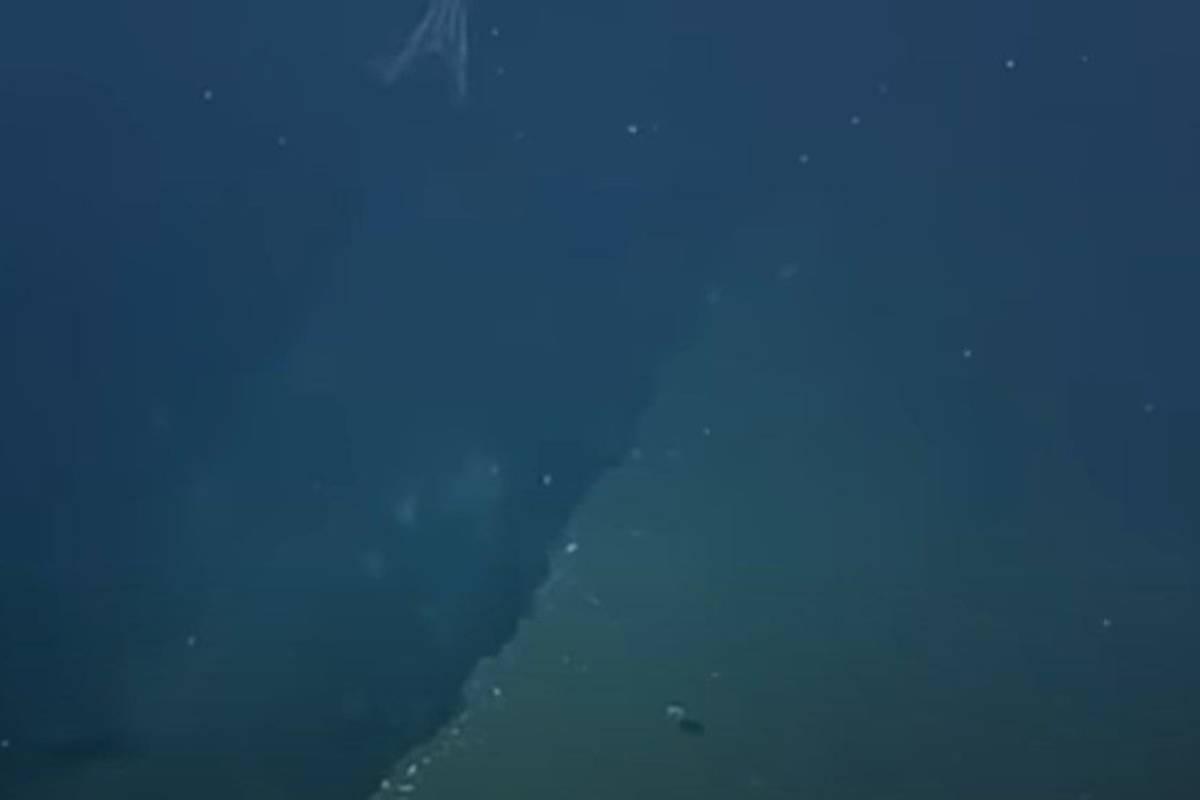Uh Oh, There’s a Giant Hole in the Bottom of the Ocean- Should We Be Worried?
The ocean floor off the coast of the Pacific Northwest has sprung a leak. Technically, it’s more of a spring as water flows in and not out. However, in ways that matter, it is undoubtedly a leak.
This phenomenon is known as Pythia’s Oasis and is a spring of water that wells up from under the ocean floor through a fault known as the Cascadia Subduction Zone. Let’s take a deep dive into this fascinating discovery.
Spotting Bubbles
The Pythia Oasis was accidentally discovered by Brendan Philip, a former grad student now a White House policy advisor. Philip noticed the bubbles that the spring carried to the surface, and when the rest of the research team explored further, what they found was not just methane bubbles.

Source: Checkreality07/ YouTube
Methane bubbles coming from the bottom of the ocean signify the presence of biological activities below.
Uncommon Occurrences: The Pythia Oasis
However, water coming out of the seafloor like a firehose was not a common occurrence. “This phenomenon is something I’ve never seen, and to my knowledge, has not been observed before,” Evan Solomon, a seafloor geologist and one of the authors on the paper Philip worked on, said.

Source: TheIndependent/ YouTube
The Pythia Oasis is likely venting water from the bottom of the local tectonic plates through the Cascadia Subduction Zone.
A Hole in the Ocean: An Earth-Shaking Problem
The oozing liquid is a lubricant between the two plates at the fault. Although it may be a good thing, it comes with a worrying condition. According to the researchers, the water in the reserve really needs to stay there.

Source: Checkreality07/ YouTube
If too much seeps out of the fault, parts of the U.S. may be at higher risk of an earth-shaking problem.
Nature's Astonishing Underwater Wonder
“If the fluid pressure is high, there would be less friction, and the two plates can slip. If the fluid pressure is lower, the two plates will lock, and stress will build up,” Solomon explained. The system would jerk into a new position when the pressure becomes too much. This jerk will trigger an earthquake, most likely, a big one.

Source: Dahboo/ YouTube
The Pythias Oasis helps us get a closer look into the processes acting deep within the seafloor. It provides a window that will help us uncover more rare oceanic information.
